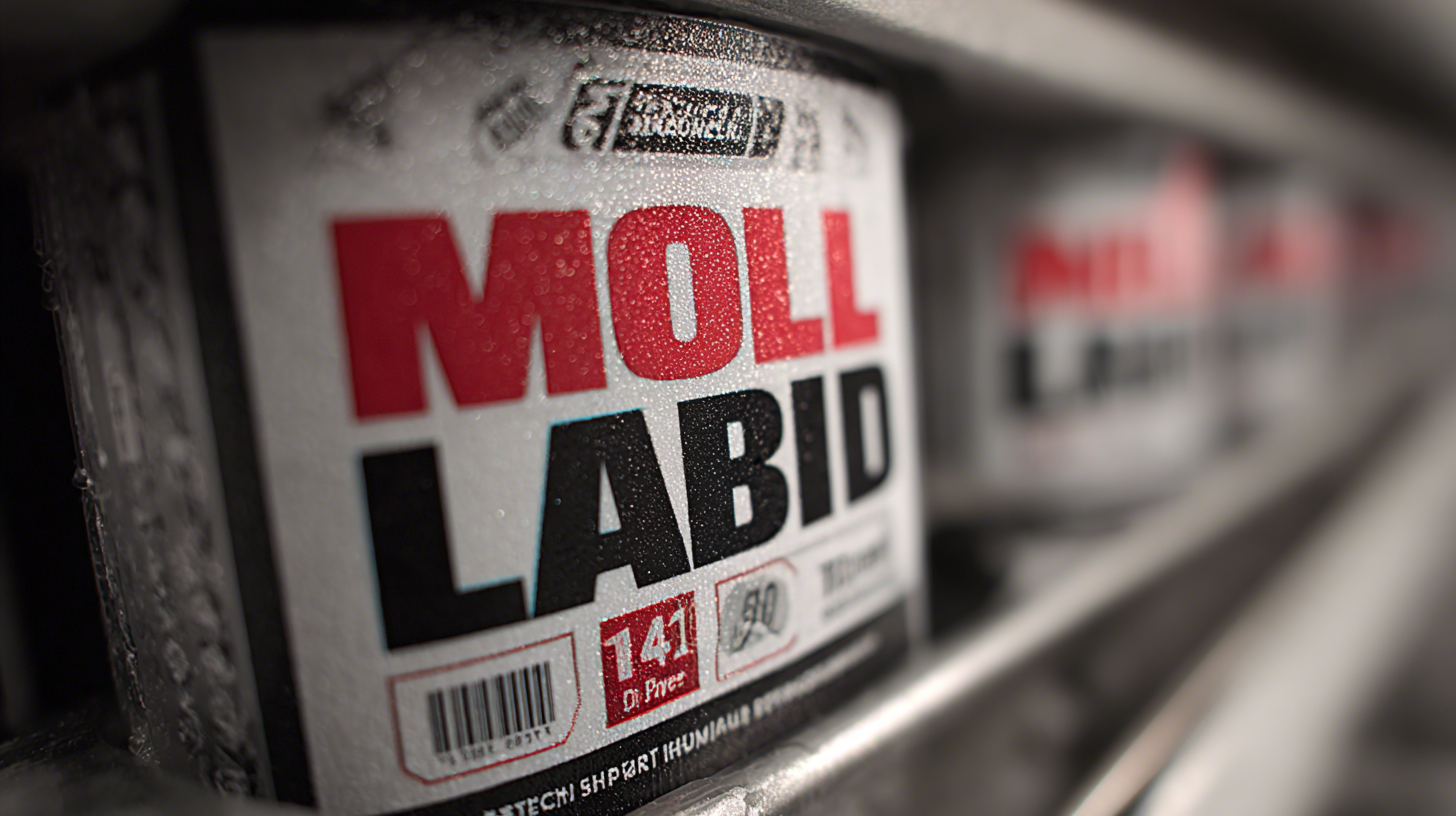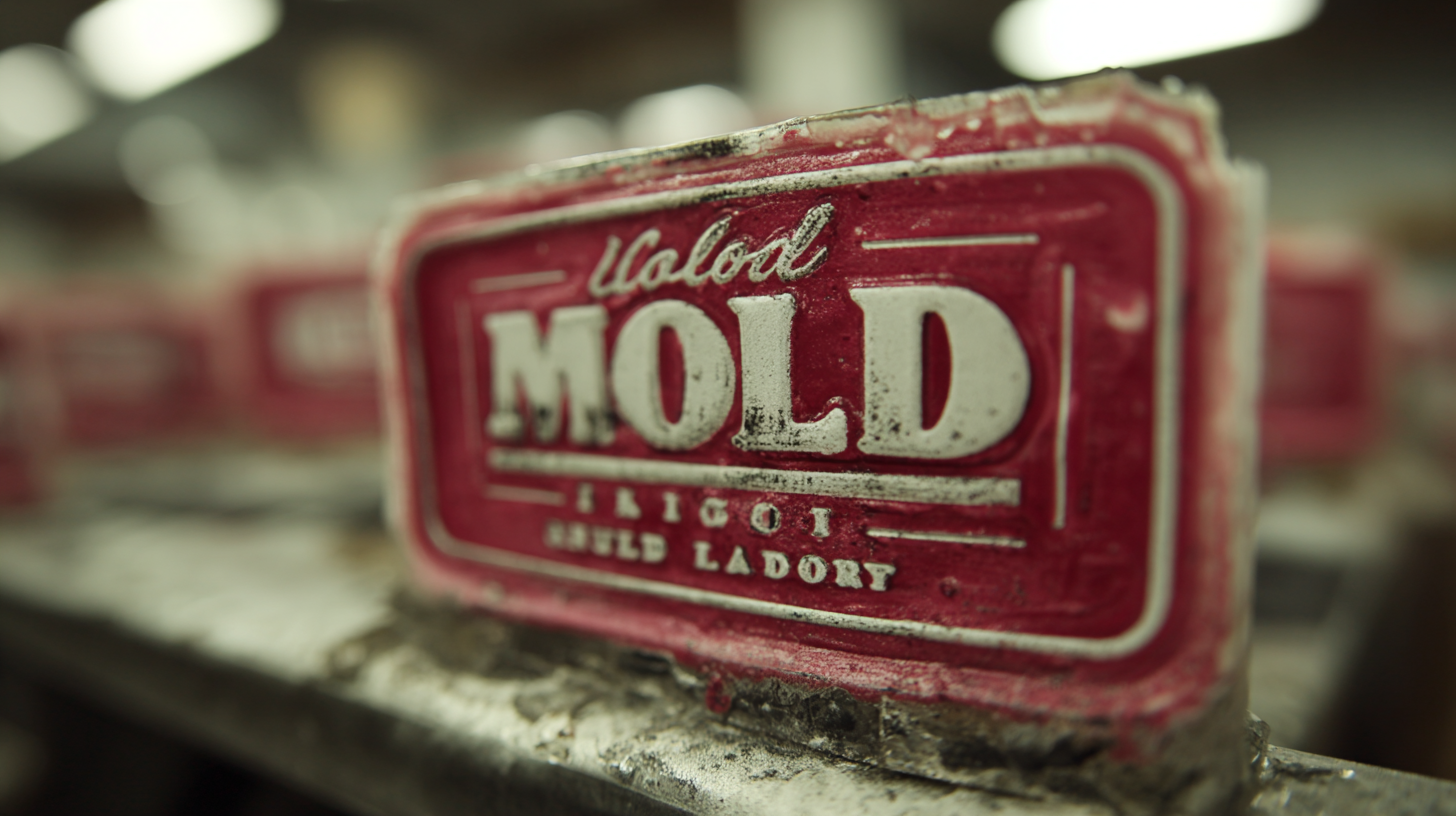Challenges in Achieving the Best In Mold Label Production Standards in the Industry
 In the rapidly evolving packaging industry, achieving the highest production standards for In Mold Labels (IML) presents a unique set of challenges that manufacturers must navigate. As brands seek to enhance their product visibility and appeal through aesthetically pleasing labels, the intricacies of IML processes become increasingly significant.
In the rapidly evolving packaging industry, achieving the highest production standards for In Mold Labels (IML) presents a unique set of challenges that manufacturers must navigate. As brands seek to enhance their product visibility and appeal through aesthetically pleasing labels, the intricacies of IML processes become increasingly significant.
From maintaining consistency in print quality to ensuring adhesion during the molding process, various problems can hinder optimal outcomes. Factors such as material compatibility, equipment capabilities, and environmental conditions can all affect the final product’s integrity and effectiveness.
As we delve deeper into the complexities surrounding In Mold Label production, it is crucial to explore the prevalent issues and innovative solutions that can help industry professionals overcome these hurdles, ultimately leading to better results and customer satisfaction.
Challenges in Achieving High-Quality In Mold Label Production Standards
Achieving high-quality In Mold Label (IML) production standards presents significant challenges for manufacturers looking to enhance product appeal and functionality. Recent industry reports indicate that the global IML market is projected to grow at a CAGR of 5.8%, highlighting the increasing demand for premium labeling solutions. However, maintaining high production standards amid rapid scaling can be difficult. Many manufacturers struggle with the precision required during the molding process, with as much as 25% of IML products often failing to meet quality benchmarks due to inconsistencies in label adhesion and print quality.
Moreover, the entry of advanced technologies, such as automation and improved printing techniques, introduces new complexities. A study by Smithers Pira noted that nearly 40% of IML defects arise from machinery calibration issues and inadequate staff training. This underscores the necessity for ongoing workforce development and investment in machinery upgrades. As companies pursue innovations to meet consumer expectations, addressing these challenges is crucial for ensuring that IML products not only adhere effectively but also provide the visual appeal that drives market success.
Current Market Trends and Projections for In Mold Labeling by 2025
The in-mold labeling (IML) industry is poised for significant growth by 2025, driven by increasing demand for
sustainable packaging and enhanced aesthetic appeal of products.
As consumers continue to seek eco-friendly solutions, brands are adopting IML technology to not only enhance product
presentation but also reduce environmental impact. Current market trends indicate a shift towards thinner, more versatile
labels that can be seamlessly integrated into the molding process, thus optimizing production efficiency and reducing waste.
To stay ahead in this evolving market, companies must focus on refining their IML production processes.
Tip 1: Invest in high-quality materials that offer both clarity and durability to ensure labels maintain their appearance in diverse environmental conditions.
Tip 2: Embrace automation in production lines to enhance precision and reduce cycle times, allowing for higher output and improved consistency.
As projections for IML adoption rise, it’s crucial for industry players to keep an eye on technological advancements that can influence labeling solutions.
Tip 3: Regularly assess market trends and consumer preferences to adapt label designs and functions accordingly, ensuring products remain relevant and appealing.
By addressing these factors, businesses can better position themselves to meet the challenges of
IML production standards while capitalizing on upcoming market opportunities.
Key Factors Influencing Production Quality in In Mold Label Manufacturing
In the rapidly evolving field of In Mold Label (IML) manufacturing, several key factors significantly influence production quality. A recent industry report from Smithers Pira indicates that the global market for IML labels is projected to reach $23 billion by 2027, underscoring the demand for high-quality output. To achieve premium standards, manufacturers must focus on material selection, ensuring compatibility between the label and the substrate. The choice of polypropylene or polystyrene plays a crucial role in adhesion quality, which can impact the longevity and aesthetic appeal of the final product.

Another critical factor is the optimization of the printing process. High-speed printing technologies have transformed IML production, but consistency in color and finish can be challenging. According to a study by the Flexible Packaging Association, achieving precise color matching can improve consumer appeal by up to 40%. Additionally, the integration of automation and real-time monitoring systems has become essential to minimize defects and ensure uniformity throughout the production cycle. By addressing these elements, IML manufacturers can enhance their competitive edge while meeting the stringent demands of the market.
Technological Innovations Shaping the Future of In Mold Labeling Standards
The landscape of in-mold labeling (IML) is rapidly evolving, driven by remarkable technological innovations that are setting new standards in production. One of the most significant advancements is the integration of automation in the labeling process. Automated systems not only increase efficiency but also enhance precision, reducing the likelihood of errors that can compromise product quality. This seamless integration helps manufacturers meet rising consumer demands for high-quality, aesthetically pleasing packaging while optimizing production costs.
Additionally, the adoption of advanced materials and digital printing technologies is revolutionizing the IML sector. Flexible, durable, and environmentally friendly materials are being developed, enabling labels to withstand challenging conditions without sacrificing visual appeal. Digital printing facilitates customization and shorter production runs, allowing companies to quickly pivot in response to market trends and consumer preferences. As these innovations continue to emerge, they are not just raising the bar for existing standards; they are paving the way for a more sustainable and efficient future in in-mold labeling.
Challenges in Achieving the Best In Mold Label Production Standards
Practical Tips for Improving In Mold Label Production Processes and Quality Control
In the quest for superior in-mold label production standards, improving processes and quality control remains paramount. Digital twin technology offers a transformative approach, allowing manufacturers to create virtual replicas of their production lines. According to industry predictions, by 2025, nearly 70% of smart factories will be leveraging digital twin solutions for real-time monitoring and optimization. This advancement enables stakeholders to identify bottlenecks, assess equipment performance, and maintain strict adherence to quality standards, thus enhancing overall productivity and reducing waste.
Moreover, adopting a robust quality control strategy involves integrating comprehensive data analytics into the production process. Recent reports indicate that manufacturers employing predictive data analytics can boost their operational efficiency by up to 30%. By closely monitoring variables such as temperature, pressure, and material properties in real-time through digital twins, companies can implement proactive measures to rectify potential defects before they escalate into costly errors. This data-driven approach not only fortifies the quality of in-mold labels but also fosters an environment of continuous improvement, ensuring that businesses remain competitive in an evolving market.